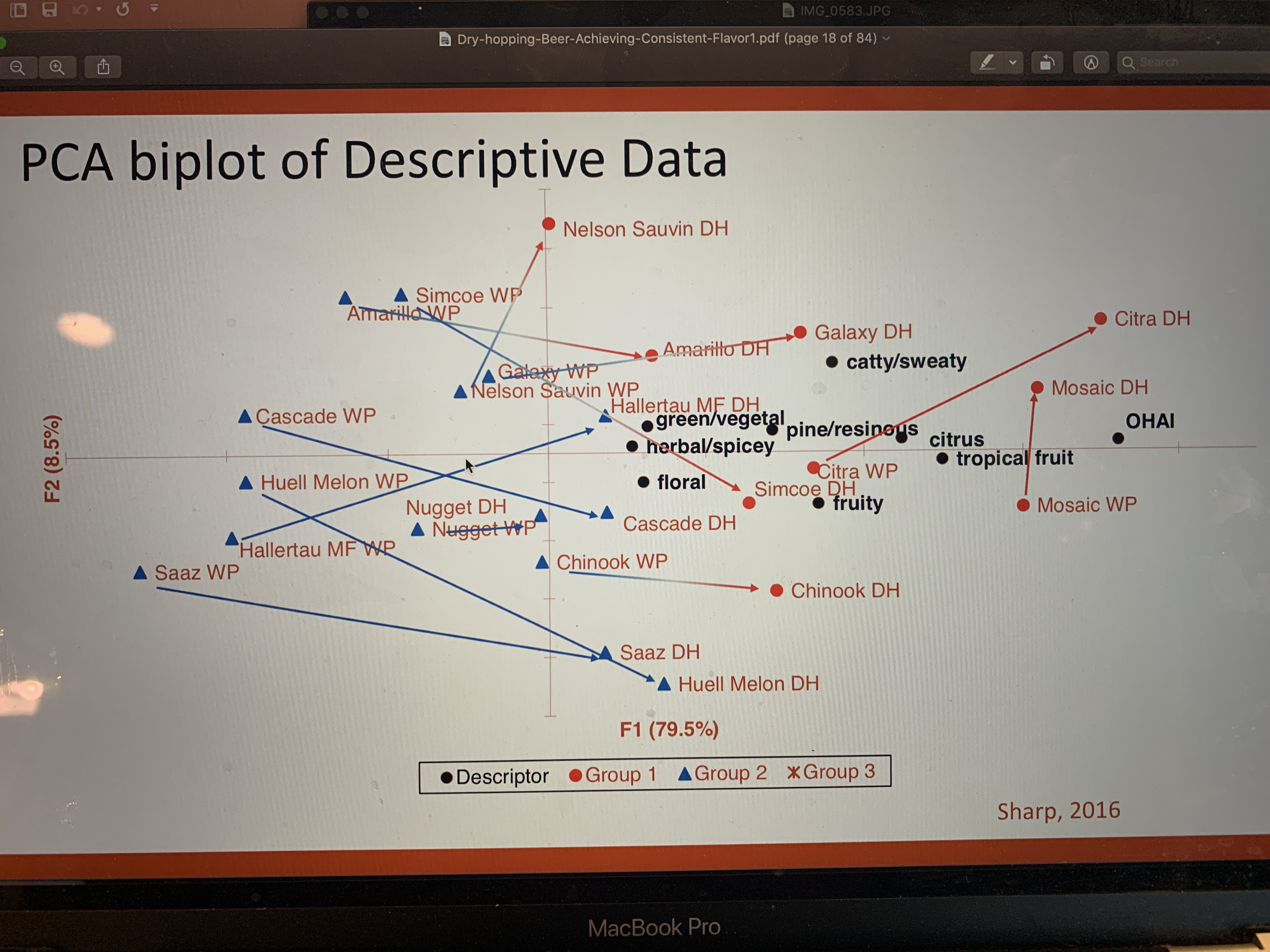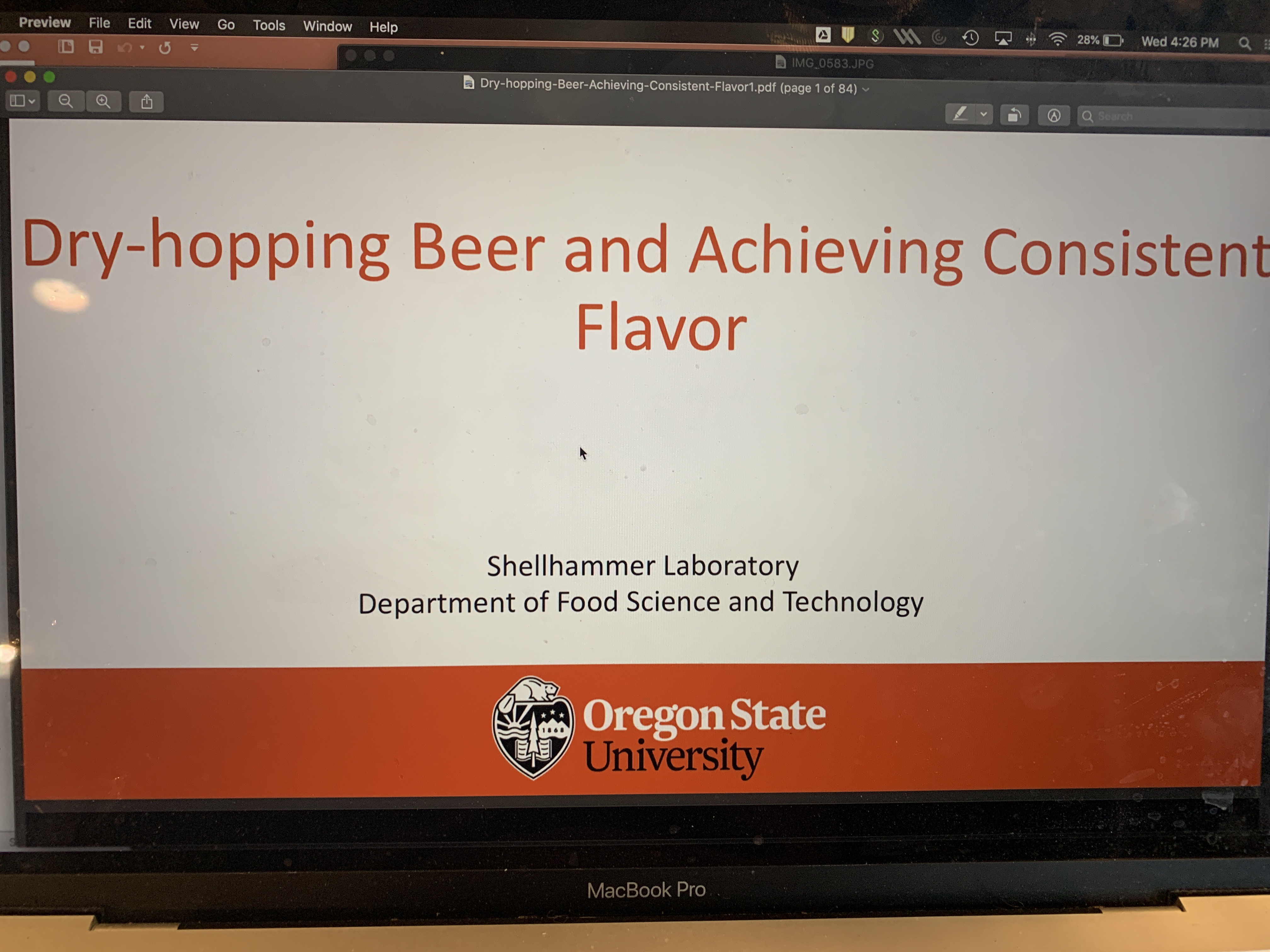My two cents: It's not kettle vs. dry hop... There has to be some hop additions in the post-boil whirlpool. Now, how much, what kinds, and at what temps is up for discussion -- and also whether to add any to the boil at all (consensus seems to be that at least some small amount should be in the boil).
I would say that at least on this forum, it seems like a lot of folks are moving away from the early dry hopping during active fermentation, feeling like the settling yeast is stripping out the good hop flavor. It also seems like a lot of the breweries are skipping that step too, and their beers are turning out great.
There IS still a debate about how much hops to use hot-side vs cold-side, and perhaps there will always be... And there are those who feel like dry hopping is the single most important thing for this style, though they likely still do some hot-side additions. But they are probably saving the really "good/expensive" hops for the dry hop.
I currently believe that both the whirlpool and the dry hop additions are equally important. I have also moved to the opinion that dry hopping during active fermentation probably has more negatives than positives, at least for basic homebrewing systems.
















































![Craft A Brew - Safale S-04 Dry Yeast - Fermentis - English Ale Dry Yeast - For English and American Ales and Hard Apple Ciders - Ingredients for Home Brewing - Beer Making Supplies - [1 Pack]](https://m.media-amazon.com/images/I/41fVGNh6JfL._SL500_.jpg)











